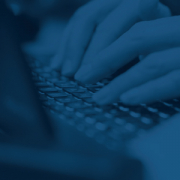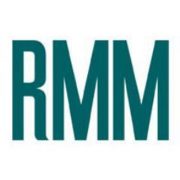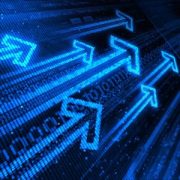Best Practices for Optimizing Patch Management with RMM Software
Patching—the act of updating, fixing, or improving a computer program—is an important part of maintaining your clients’ systems against viruses and hacks. The majority of MSPs do this through remote monitoring and management (RMM) tools. But no matter how well your RMM software can fix a bug or close a vulnerability, if you don’t follow the right patching policies and procedures, you may end up putting those same clients at a higher risk of security breaches.
According to the Ponemon Institute, 57% of data breaches can be directly attributed to attackers exploiting a known vulnerability that hadn’t been patched. That’s a real problem. And patching doesn’t just improve system security—it facilitates overall smooth processing, ensuring that there are no bugs slowing down your (or your clients’) day-to-day operations.
Clearly, regular patching is important—but how can you make it a seamless part of your workflow? To help you out, here are some best practices to follow as you use RMM tools to perfect your patching processes—and reasons why they’ll help you, your technicians, and your clients.
Make Patching a Priority—and Ensure Your RMM Tools Facilitate That
In 2018 alone, there were upwards of 15,500 published common vulnerabilities and exposures (CVEs). And as technology increases in complexity and sophistication, these numbers will only continue to multiply. Keeping up is a challenge for businesses and their IT service providers—especially those that may continue to rely on manual patching processes rather than their RMM software.
In addition to managing the sheer volume of vulnerabilities cropping up each day, the actual patching process can drain time, resources, and disrupt the end-user experience. That’s why any RMM software comparison should take into account the ability to use these tools to streamline and simplify patch management. With the right RMM tools, it’s much easier to work regular patching into your workflow and to ensure your whole team is equipped to make it a priority.
Follow a Simple Framework Built Around Your RMM Software
When it comes to patching, there’s no need to reinvent the wheel. Aligning on well-established procedures or protocols for patch management works fine—applying them consistently is the key. For a strong start, select a simple and repeatable process to use as a guide. The entirety of this basic workflow framework can be performed with RMM tools:
- Deploy regular rediscovery of all systems
- Schedule vulnerability scanning—especially for systems at higher risk
- Install patches and patch definition databases
- Monitor, test, and deploy patches to vulnerable systems
- Perform regular data collection and reporting, and review processes for future improvements
This framework should provide a good jumping-off point. Build on it to customize the process to your specific team, organization, and RMM software.
Always Watch the Clock
A central challenge facing managed services providers (MSPs) is that once a vulnerability is officially announced, all information about it is disclosed along with it—giving hackers all of the information they need and a wide-open window to target and further exploit the vulnerability across your clients’ systems. The chances of exploitation and infection increase the longer an organization waits to apply the patch. At the same time, hackers and other cyberattackers are becoming increasingly quick to attack, giving organizations less and less time to patch.
Being cognizant of every disclosure and using your RMM tools to stay on top of each alert is critical. Even a few hours can make all the difference.
Integrate Patching Tools with Your RMM Software
With multiple vulnerabilities to remedy in little time, you want to implement as many tools as possible, as quickly as possible. Rather than having your technicians spend most of their time approving and applying patches to disparate machines, you can implement an integrated RMM tool like ConnectWise Automate, to alert you and handle much of the heavy lifting.
With the right RMM tools and increased automation capabilities, your technicians spend less time on tedious manual patching tasks and you reduce the likelihood of human error or important updates slipping under the radar.
Consider Third-Party Patching
Cloud-based, automated patch management software allows you to schedule regular update scans and ensures patches are applied under specific conditions. As you take on new clients, the software gains even greater value, enabling you to remain on top of patching while your business continues to grow.
Third-party patching is a native component of ConnectWise Automate, simplifying and securing the entire patch management workflow. The platform enables application updates, along with a host of other automatic capabilities—including automated billing through the professional services automation (PSA) software you already have with ConnectWise Manage
As you audit, patch, document, and bill for third-party application updates, all third-party patch definitions are deployed following our best practices. Automatic daily updates and downloads ensure that you’re always patching with up-to-the-minute technology. And as you streamline patch management for you and your clients, you gain recurring monthly revenue streams.
Generate Regular Reports
It’s important to make patching and staying on top of every client relationship a priority. With streamlined automated regular reporting you have a simple and effective solution right in your hands.
This article was provided by our service partner : connectwise.com










